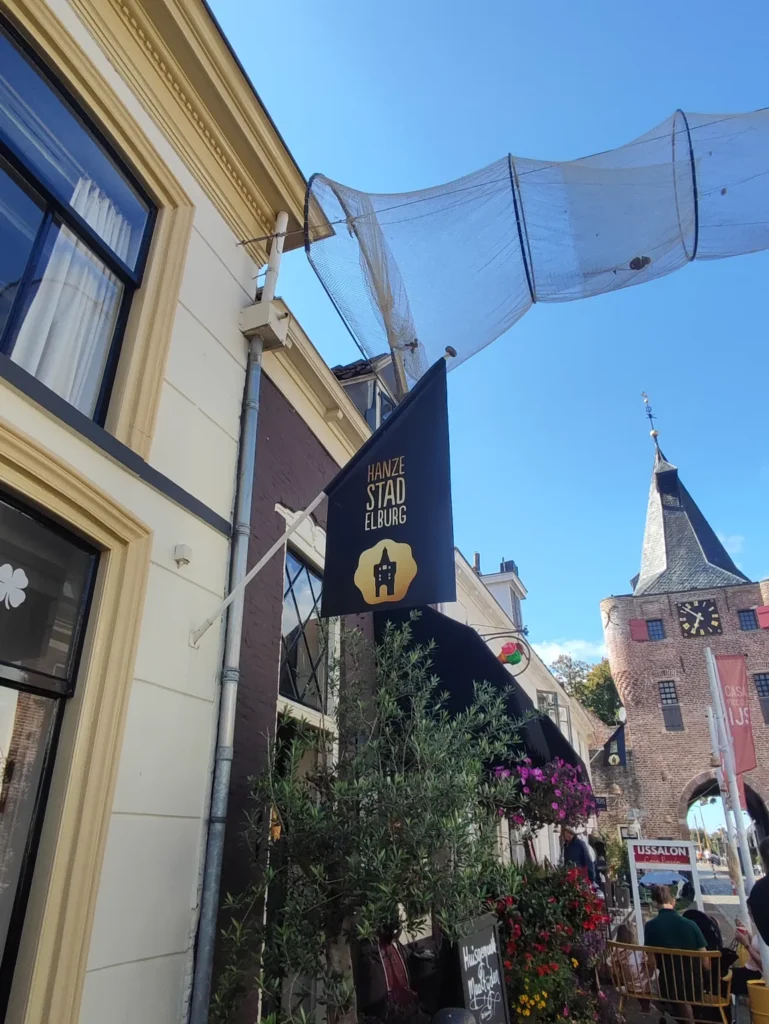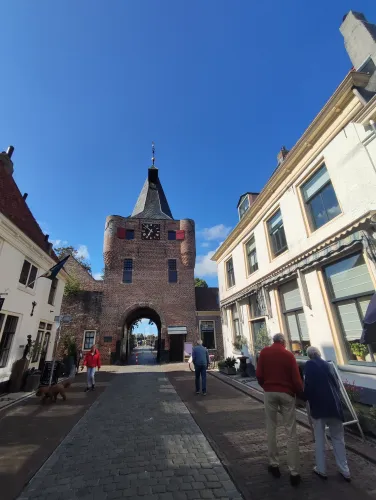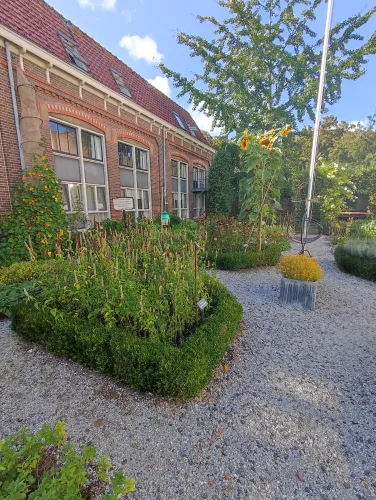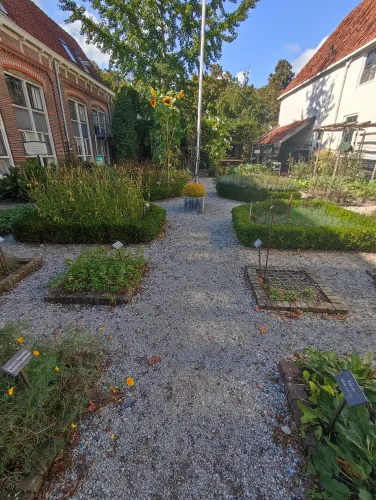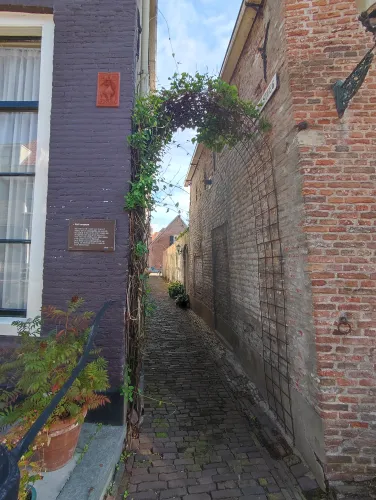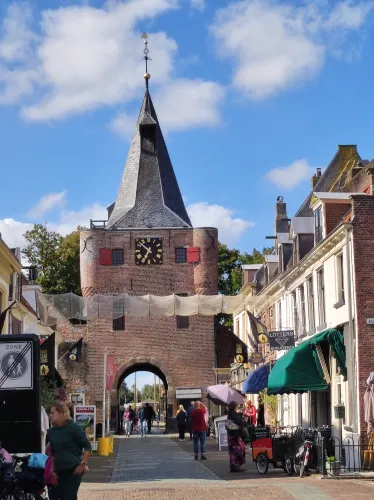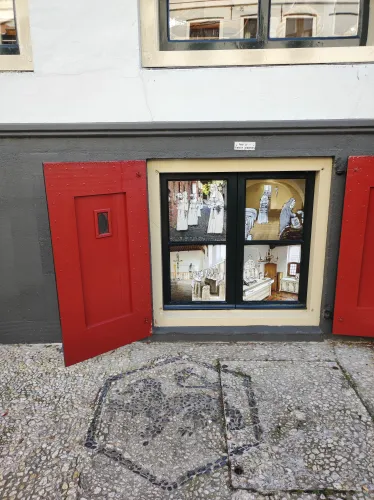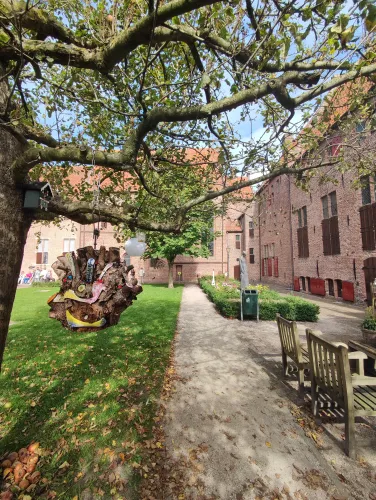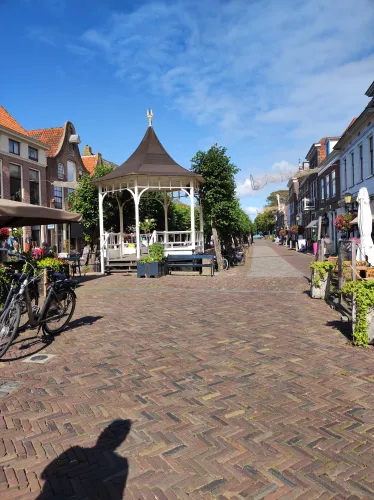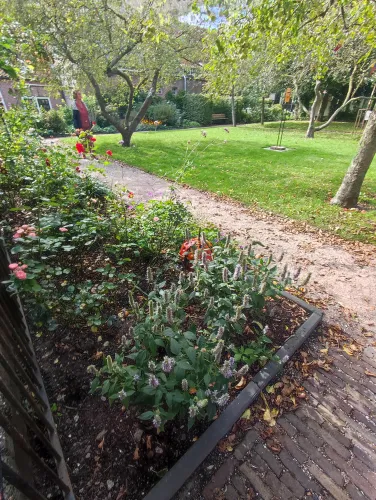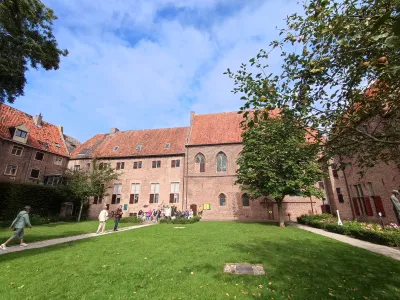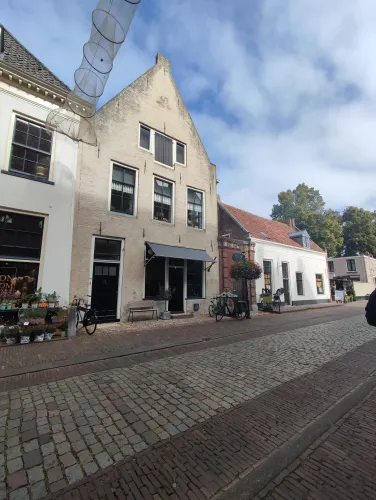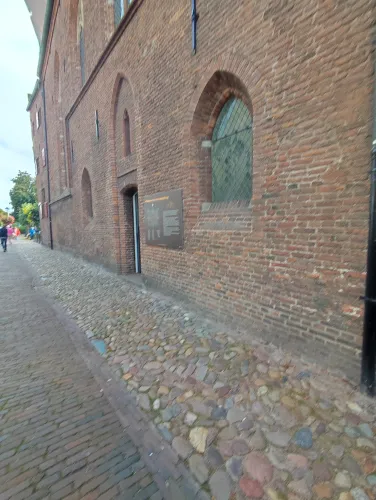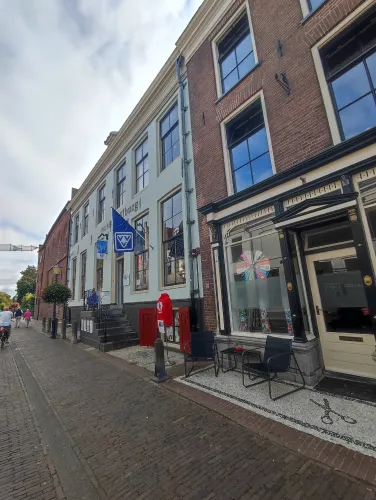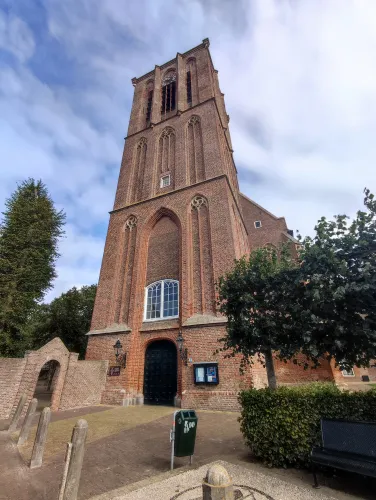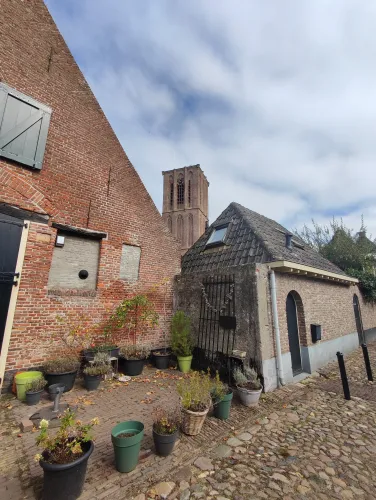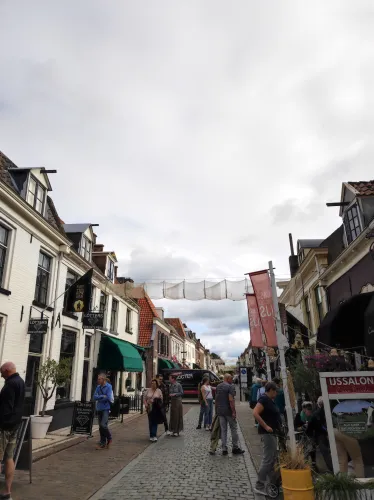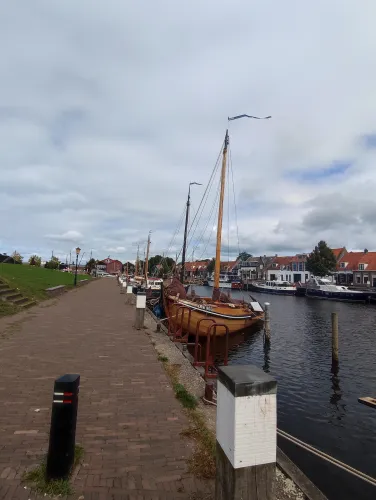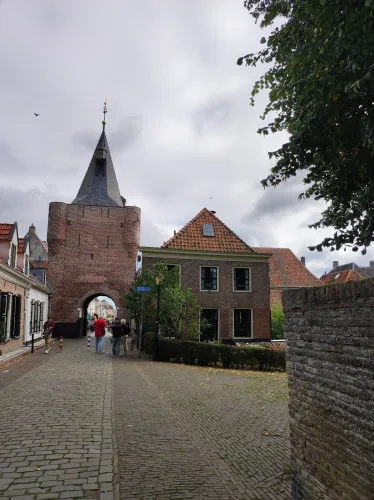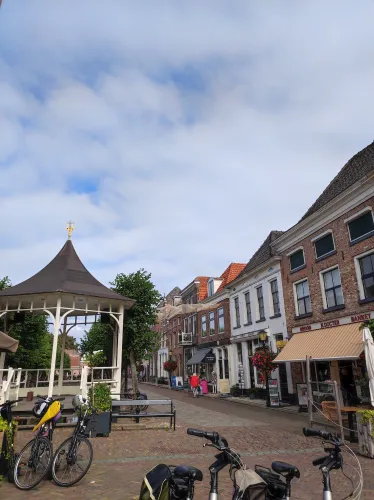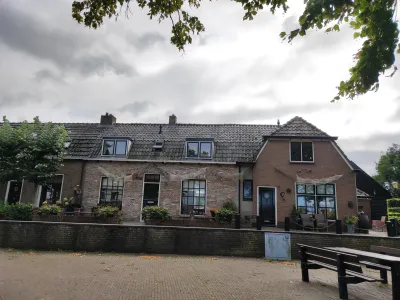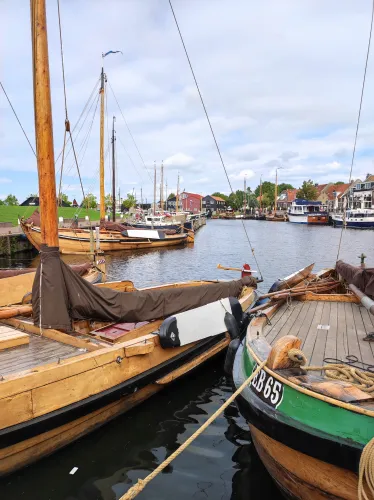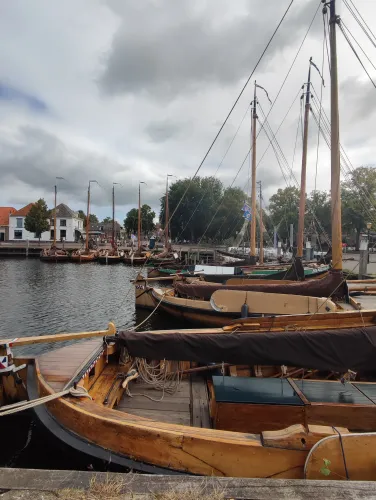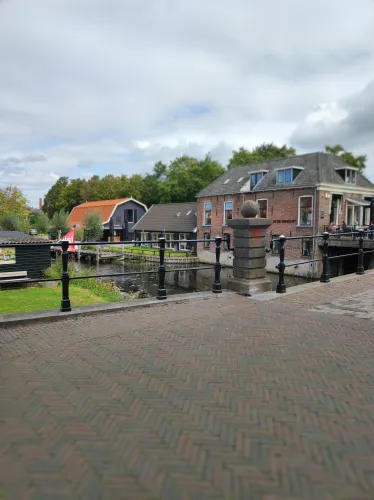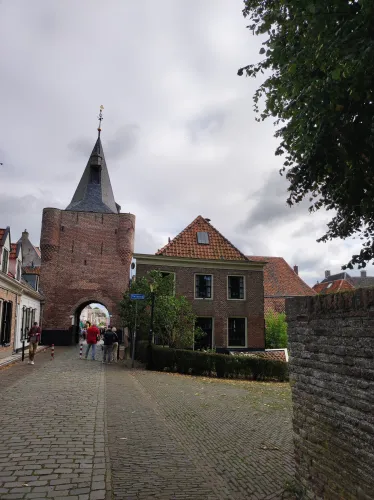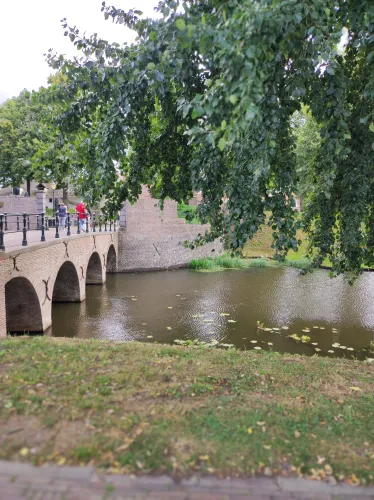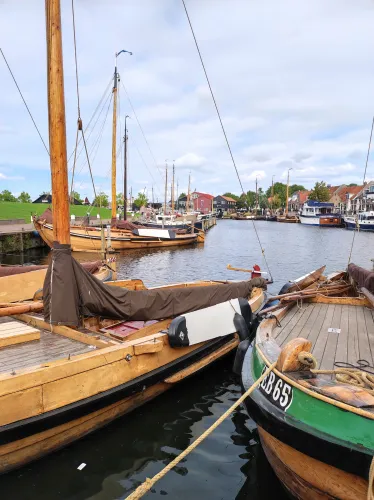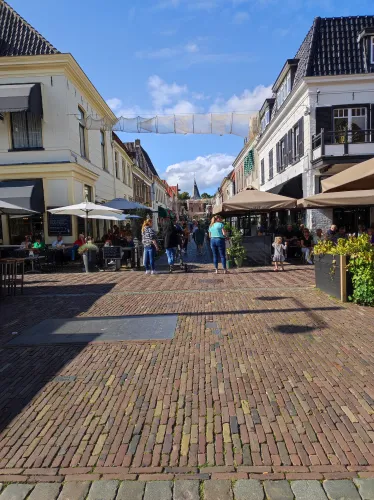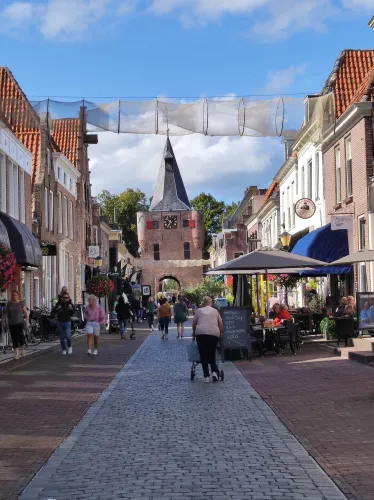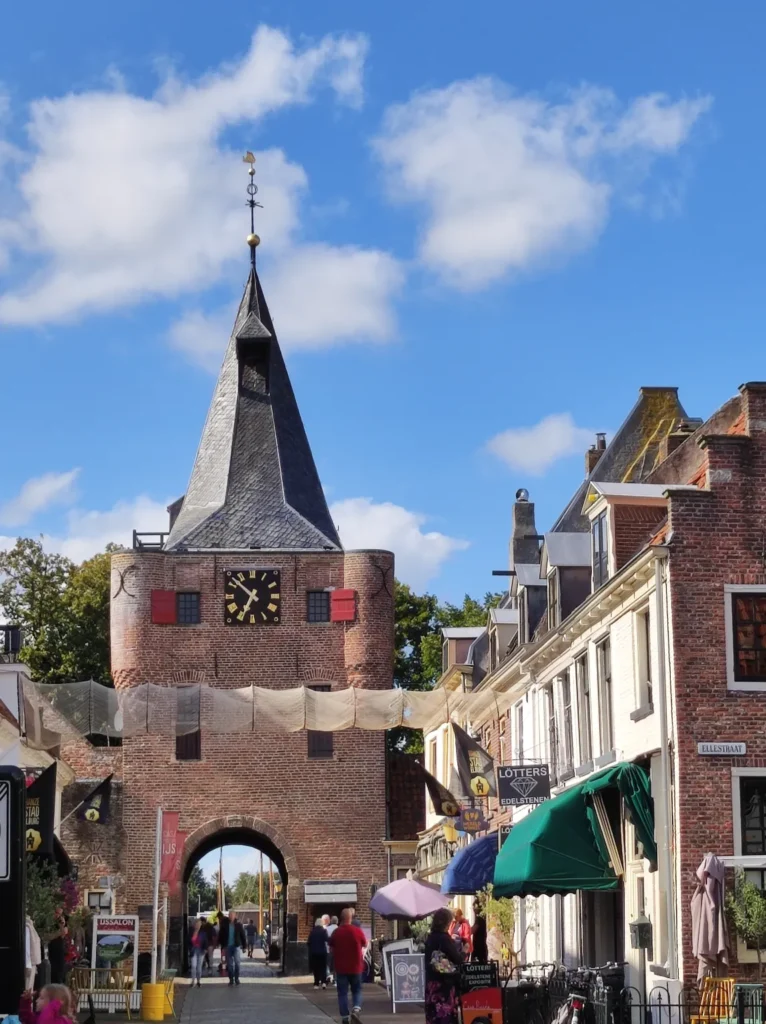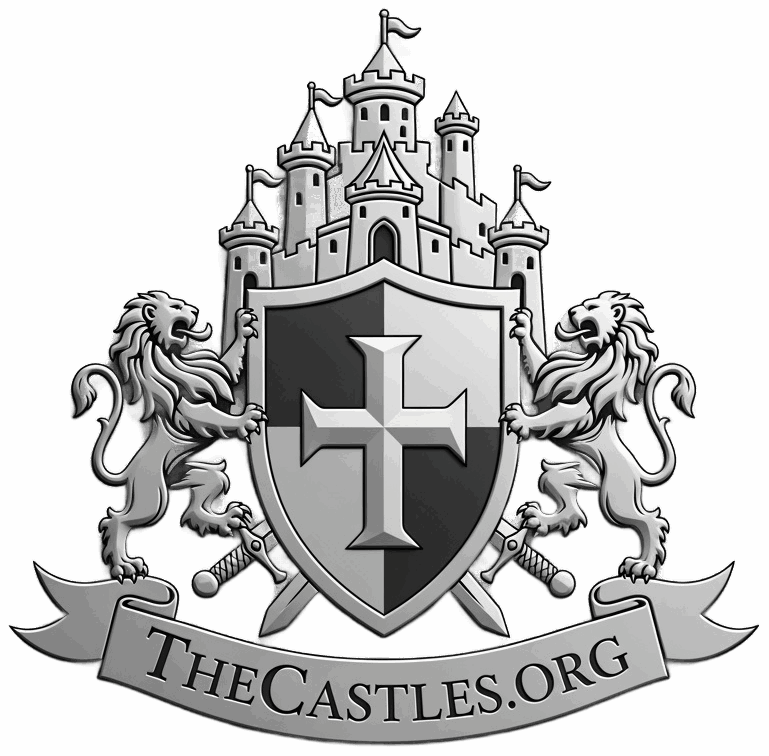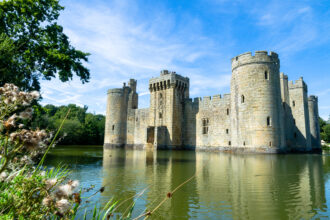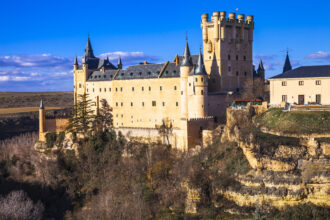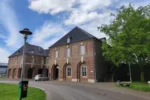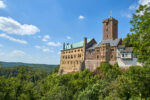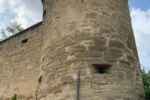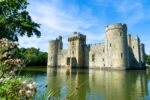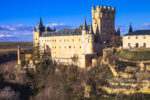The fortified town of the Veluwe, the largest contiguous forest area in the Netherlands, is the historic Hanseatic town of Elburg in the province of Overijssel. This old fishing town on the Veluwe Randmeren lakes is centrally located between the Hanseatic towns of Zwolle and Harderwijk. Thanks to the old city walls, narrow streets, cobbled sidewalks, and green ramparts, you feel like you’re in the Middle Ages. The history of Elburg dates back to 796. In 1233, Elburg was granted city rights. Due to the Marcellus flood of 1362 and another flood five years later, in which many people lost their lives and large areas of land were washed away, the Duke of Gelderland, Willem van Gullick, decided to relocate the city. This task was undertaken by the Geldrian treasurer Arent thoe Boecop, who completely rebuilt Elburg between 1392 and 1396 according to the principle of the golden ratio, a rarity in urban planning. The city was given a unique rectangular layout, so that Elburg measures exactly 350 x 250 meters within its canals. This shape has now existed for more than six centuries. The entrance to this medieval fortified town, which looks like something out of a picture book, is the “Vischpoort” near the harbor, which can be reached via a bridge with fortifications. This venerable city gate was once a defense tower, which was converted into a gate with a passageway in 1592 as part of the expansion of the fortifications and given the name “de Vischpoort.” However, in the mid-19th century, the gates and defense towers fell victim to demolition. Only the Vischpoort was spared, serving as a lighthouse for shipping in the 19th century with its large lantern. The cobblestone old town of Elburg has the highest density of monuments in the Netherlands. One of these monuments is the Agnietenkloster, built in 1418, a former convent that now houses the Elburg Museum, the tourist information office, and a small but beautiful monastery garden. The monastery garden, like the historic Groene Kruidhof, an herb garden located on Elburg’s oldest street, the Ellestraat, is free to visit. Another attraction in Elburg is the Grote or St. Nicolaas Kerk, built in 1397 and dedicated to St. Nicolaas, the patron saint of fishermen and sailors. Due to Elburg’s rectangular layout, the church is not located in the city center, but on the edge of the old city wall. Elburg also has a National Organ Museum. This is the only museum in the Netherlands that provides information about the history of the pipe organ and is located in the Arent thoe Boecophuis. A city palace built by the Duke of Gelre in the 14th century and bequeathed to his treasurer Arent thoe Boecop, whose name it still bears today. Between 1400 and 1954, it was the town hall of Elburg. A special feature in Elburg are the so-called “Keitjesstoepen,” mosaic-like decorations on the sidewalks that represent the profession and initials of the house’s residents. In the fortified town of Elburg, time really seems to stand still, because here everyone can walk in the footsteps of the Middle Ages.
